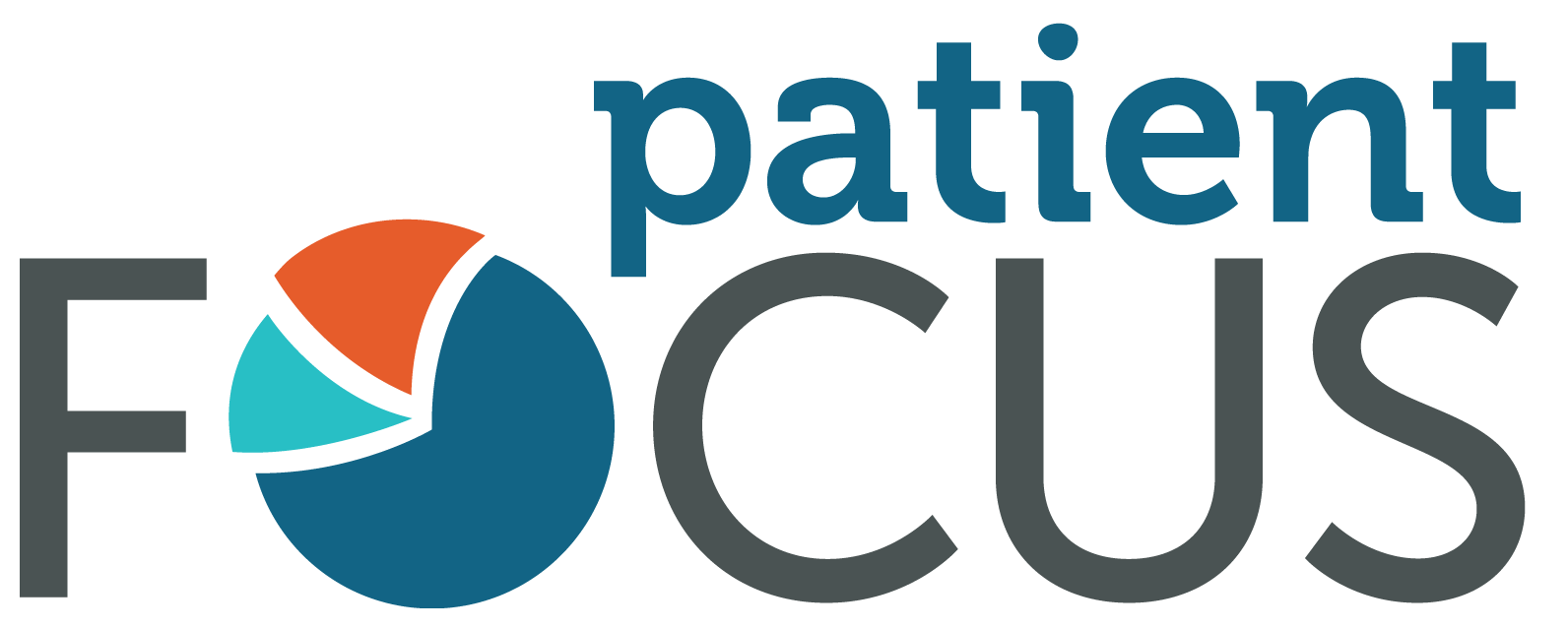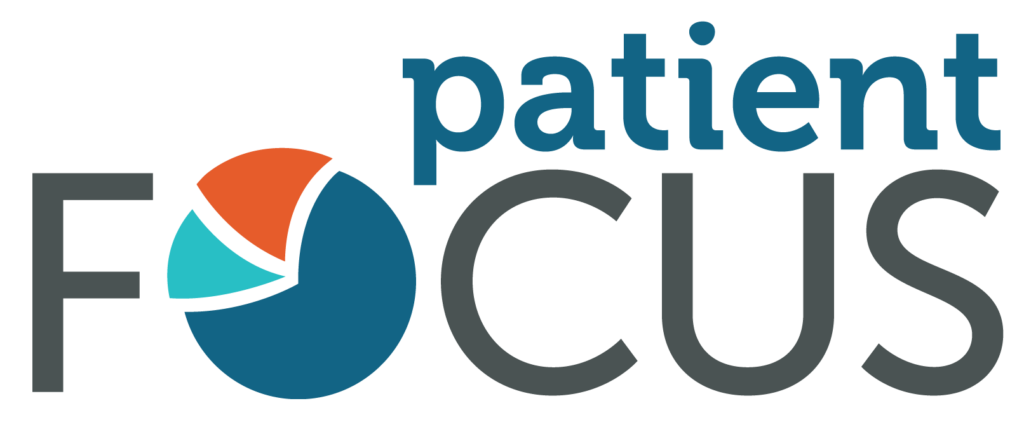Late payments are a harsh reality for healthcare practices. Despite your billing team’s best efforts, there will always be barriers to payment for a significant percentage of your patients. This trend rings true across the board of all providers and practice specialties—according to a recent KFF survey, an estimated one in four adults has healthcare bills that are past due.1 An even larger portion of the population struggles to cover the cost of their care, even for routine visits and testing—and the problem will only grow worse as financial stress stays top of mind for thousands of households across the country.
With mounting pressures working against your bottom line, it’s essential to take proactive steps to safeguard your practice from major financial losses in the wake of late payments. Unfortunately, the answer isn’t as simple as increasing billing outreach. The solution begins with a complete overhaul of your approach to patient pay and billing engagement, starting with a deep understanding of what your patients truly need.
Diagnosing the Problem
From the rising cost of living to growing medical expenses, patients far and wide may forgo paying their bills to leave some wiggle room in their budgets. Zooming in, we see three factors impacting a patient’s ability to pay:
- High deductibles. From 2013 to 2022, the number of Americans enrolled in high deductible health plans (HDHPs) increased from 30.3% to 53.6%.2 As employers and health plans seek to cut down on healthcare spending, patients are left to cover a larger portion of their care—up to $18,200 in out-of-pocket costs for some families.3
- Billing complexities. A recent survey found that nearly 40% of Americans are confused by their medical bills, and only 11% feel complete clarity when reviewing and paying their bills.4 Even so, 27% of patients are unsure if they will have enough resources to cover their balances.4
- Unexpected costs. Approximately 20% of patients don’t expect their final bills to match the estimated patient financial responsibility—and for good reason.4 According to one survey, 57% of Americans have been surprised by a medical bill that they thought would be covered by insurance.5
How to Help Patients Help Your Practice
While you can’t change a patient’s financial situation, you can go the extra mile to provide as much help as possible to encourage payment. If done correctly, this can be a win-win situation for both you and your patients. Engaging patients with compassion, empathy, and patience is a stark difference from the industry-standard method of collecting overdue balances—threats of collection agencies, unpleasant communication, and a damaged patient-provider relationship.
How can you show your patients that your practice is different?
- Implement streamlined billing processes, including digital tools and understandable invoices, to communicate patient financial responsibility as early and clearly as possible.
- Leverage targeted communication to more effectively connect with patients, such as personalized reminders, empathetic outreach, and financial counseling resources.
- Provide flexible payment plans that accommodate every patient’s financial situation, including installment options, hardship programs, and charity care navigation.
Step One: Partner With a Compassionate Patient-Pay Team
Billing teams in today’s healthcare climate simply don’t have the time, resources, or staff to dedicate to effective patient billing. Let your billing department focus their efforts on high-value tasks, such as filing large insurance claims, while a trusted patient-pay partner handles every aspect of patient engagement. PatientFocus fills this vital role in practices of all sizes and specialties, increasing patient-pay revenue by an average 30% with an all-in-one billing solution, including:
- Omnichannel outreach. We tailor all patient-pay outreach, including SMS, email, and paper statements, to each patient’s needs and preferences, building a highly convenient billing process that accelerates time to payment.
- Billing expertise. Our dedicated patient engagement center leverages an average of four years of patient-pay experience to help patients navigate complex claims and insurance issues, spending as much time as necessary with patients to provide clarity and support.
- Patient-centric care. Personalized communication builds trust and understanding with patients, boosting the patient-provider relationship and enhancing the billing experience as a whole which, ultimately, increases practice revenue.
Schedule a complimentary patient-pay review to learn how a patient-centered billing solution can help your practice overcome barriers to payment while enhancing the patient experience.
Sources
- Lopes, L., Kearney, A., Montero, A., Hamel, L., Brodie, M. (2022, June 16). Health Care Debt In The U.S.: The Broad Consequences Of Medical And Dental Bills. KFF. https://www.kff.org/report-section/kff-health-care-debt-survey-main-findings/
- DeMarco, J. (2024, January 22). High-Deductible Health Plan Enrollment Falls for First Time Since 2013. ValuePenguin. https://www.valuepenguin.com/high-deductible-health-plan-study
- 2023 Employer Health Benefits Survey. (2023, October 18). KFF. https://www.kff.org/report-section/ehbs-2023-section-8-high-deductible-health-plans-with-savings-option/
- AKASA. (2022, December 16). Nearly 40% of Americans Confused by Medical Bills [Press release]. https://akasa.com/press/nearly-40-of-americans-confused-by-medical-bills/
- NORC. (2018, August 30). New Survey Reveals 57% of Americans Have Been Surprised by a Medical Bill [Press release]. https://www.norc.org/research/library/new-survey-reveals-57–of-americans-have-been-surprised-by-a-med.html


